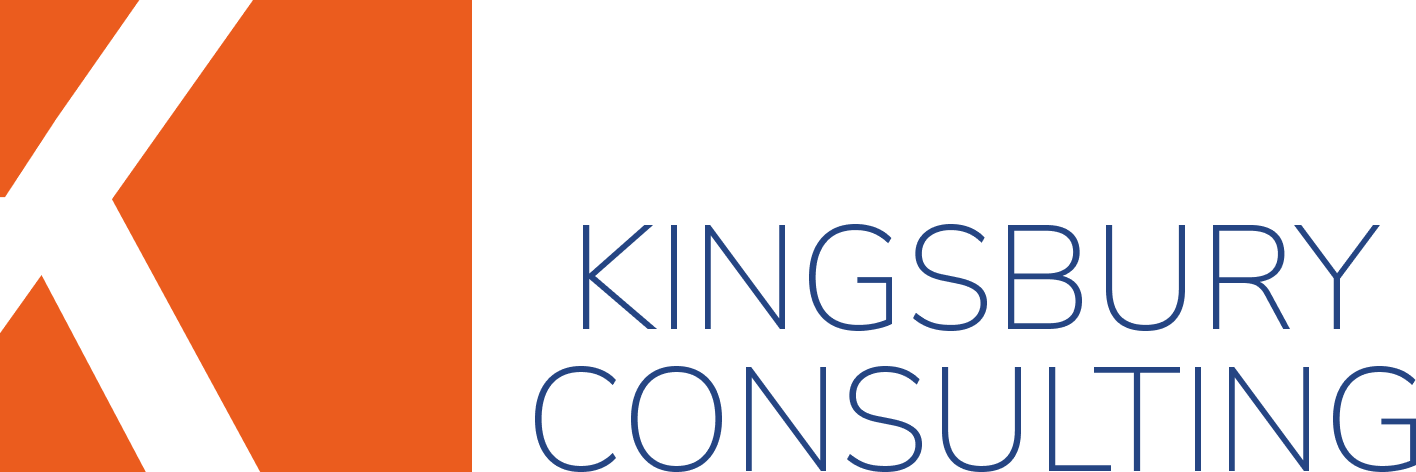Accessibility & Inclusion: Rising to the Challenge of the European Accessibility Act
Why it matters for UK organisations, even post-Brexit, and what to do if you’re late to the game

The Accessibility Shift You Can’t Ignore
On 28 June 2025, the European Accessibility Act (EAA) came into force across the EU. It’s a major milestone: for the first time, there’s a harmonised set of accessibility requirements across Member States, covering a wide range of digital products and services—from websites and apps to e-books, e-commerce, banking, ticketing systems, and e-learning platforms.
For UK-based charities, membership organisations, awarding bodies and professional associations, the story doesn’t end at Brexit.
While the EAA is not part of UK domestic law it applies to any organisation, regardless of location, that provides covered products or services to EU consumers or users.
That means if you have EU members, learners, donors, customers, or audiences, you are still bound by it.
In practice, UK organisations must now navigate two overlapping frameworks:
-
UK obligations under the Equality Act 2010, which requires “reasonable adjustments” for disabled users, and the Public Sector Bodies Accessibility Regulations 2018 (PSBAR), which already align with WCAG 2.2 AA
-
EU obligations under the EAA, if serving EU markets or residents
Why the Third Sector Should Care, Even Without EU Links
Some might be tempted to think, “We don’t operate in the EU, so this doesn’t apply.” That’s legally true but strategically short-sighted.
Digital exclusion remains widespread: around one-third of disabled UK adults report that “most websites don’t cater to them,” costing Not for Profit organisations an estimated £65 million annually in lost income and engagement.
Funders, partners, and members increasingly expect digital accessibility as a baseline. And UK regulation is already moving in that direction: PSBAR currently applies to public sector websites and apps, but its influence is spreading, with large charities, educational institutions, and sector bodies voluntarily aligning.
For the third sector, this is not just compliance, it’s about mission delivery and reputation; ensuring every beneficiary, learner or member can access your services ad demonstrating your values through actions not slogans.
While the EAA’s deadline applies to EU-engaged services, the Equality Act and PSAR already require accessible design across UK-facing services.
Skipping accessibility risks exclusion, complaints, funding blocks, reputational harm and for digital offerings applying to cross-border passport holders, potential EU penalties of between €5,000–€20,000 per violation
What Counts as Accessible?
While legal frameworks differ, the de facto technical benchmark is WCAG 2.2 AA, the Web Content Accessibility Guidelines published by the W3C.
They cover:
Perceivable - content can be consumed in multiple formats (e.g. captions, alt text, contrast).
Operable - all functions work via keyboard and assistive tech.
Understandable - clear navigation, consistent layouts, plain language.
Robust - compatible with assistive technologies and future-proofed.
For many organisations, compliance means not just updating templates and code, but embedding accessibility into content production, procurement, and project planning.Accessibility in SMEs vs. the Third Sector
SMEs often approach accessibility from a brand or commercial risk perspective: it’s about avoiding lost customers, bad reviews, or legal exposure. They may move faster on fixes but focus narrowly on their own sites and apps.
Third-sector organisations have a broader responsibility. Accessibility isn’t just good practice, it’s part of the social contract they have with members, beneficiaries, and funders. The challenge is resource and capability and many lack dedicated accessibility roles or in-house expertise.
This gap is an opportunity though and by engaging a subject matter expert in your digital strategy, you:
-
Differentiate yourself from peers
-
Attract more diverse audiences
-
Strengthen your value to partners and funders
Where to Start if You’re Late
If the EAA deadline has passed and you’re not compliant, focus on visibility, momentum, and intent:
Visibility - Publish an accessibility statement outlining your current position and planned improvements.Momentum - Begin with a targeted audit of your most-used digital services. Show progress quickly on fixes users notice most.
Intent - Build accessibility into upcoming projects so the backlog doesn’t grow.
Even partial improvements can demonstrate good faith to regulators and your community.
The Strategic Payoff
Accessibility improves usability for everyone. Clearer layouts, better navigation, more flexible content—all benefit non-disabled users too. It aligns with user-centric design, SEO best practices, and mobile optimisation. And it strengthens trust: people know they can rely on your services, whatever their needs.
Moving Forward
Accessibility compliance is a journey, not a one-off project. Whether you’re catching up to the EAA or aligning to UK standards, the principles are the same: lead with inclusion, embed it in governance, and measure progress over time.
At Kingsbury Consulting, we help charities, membership bodies and awarding organisations build accessibility into their broader digital strategy so it delivers value, reduces risk, and remains sustainable.
Our 5A Framework for Strategic Accessibility
Acknowledge
Recognise accessibility as a strategic issue. It belongs in board papers and strategy documents, not just with web teams. Define accessibility goals alongside mission outcomes.
Audit
Review your full digital estate: websites, portals, apps, e-learning, PDFs, event systems. Use WCAG 2.2 AA as your baseline. Where possible, test with real disabled service users to capture lived-experience issues that automated scans miss.
Adjust
Fix quick wins immediately: add alt text, fix heading hierarchy, improve contrast, label form fields. Build a roadmap for more complex fixes like navigation changes, redesigns, or platform migrations.
Adopt
Update policies, procurement processes, and project briefs so accessibility is designed-in from the start. Train staff and suppliers. Make accessibility a standing agenda item in governance and delivery meetings.
Advocate
Share progress with stakeholders. Invite feedback from disabled users. Partner with accessibility champions in your sector. Position your organisation as a leader in inclusion, not just a follower.
Need help auditing your digital estate or embedding accessibility into your strategy?
Book a 30-minute call or message me directly to explore how we can help.
